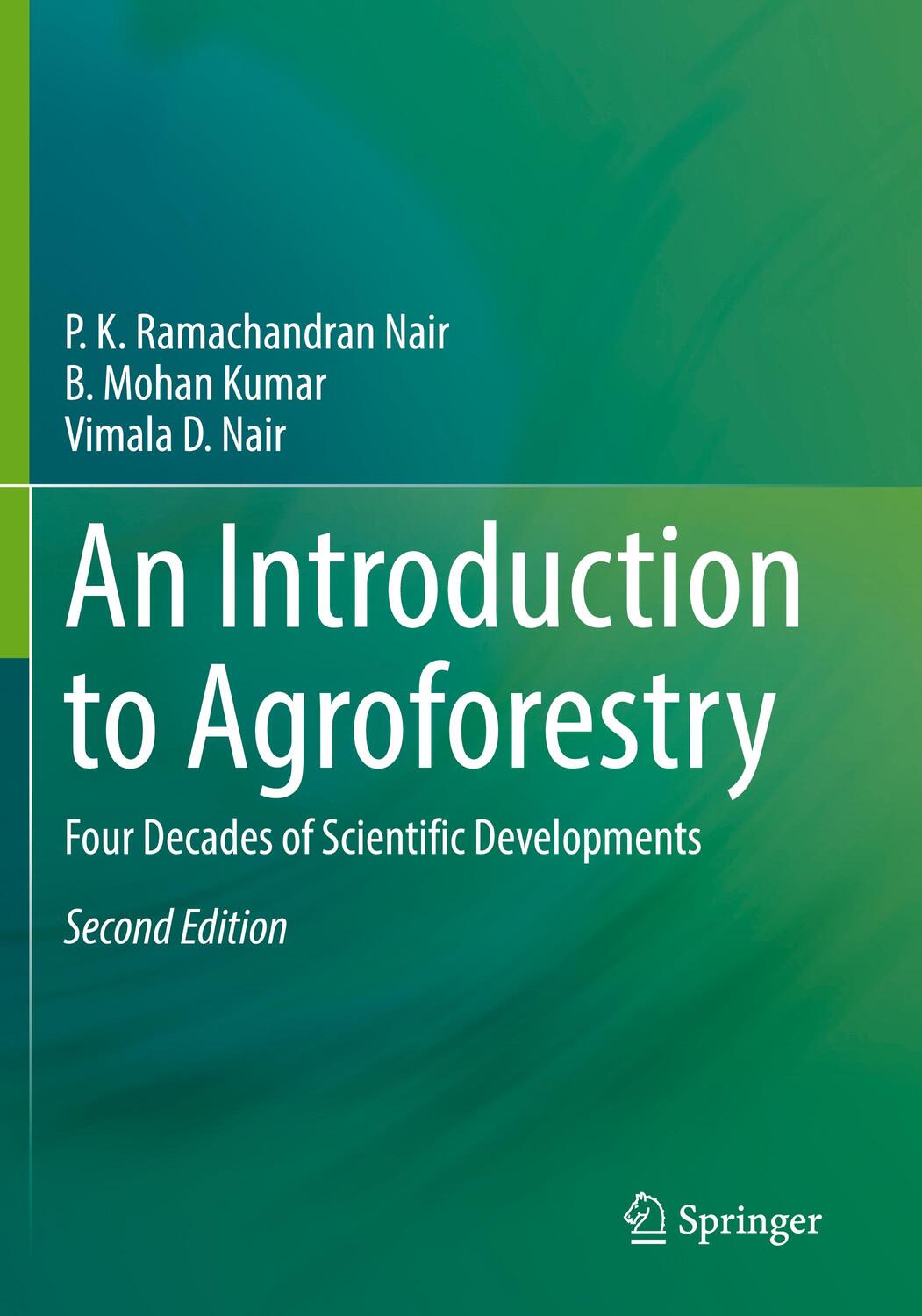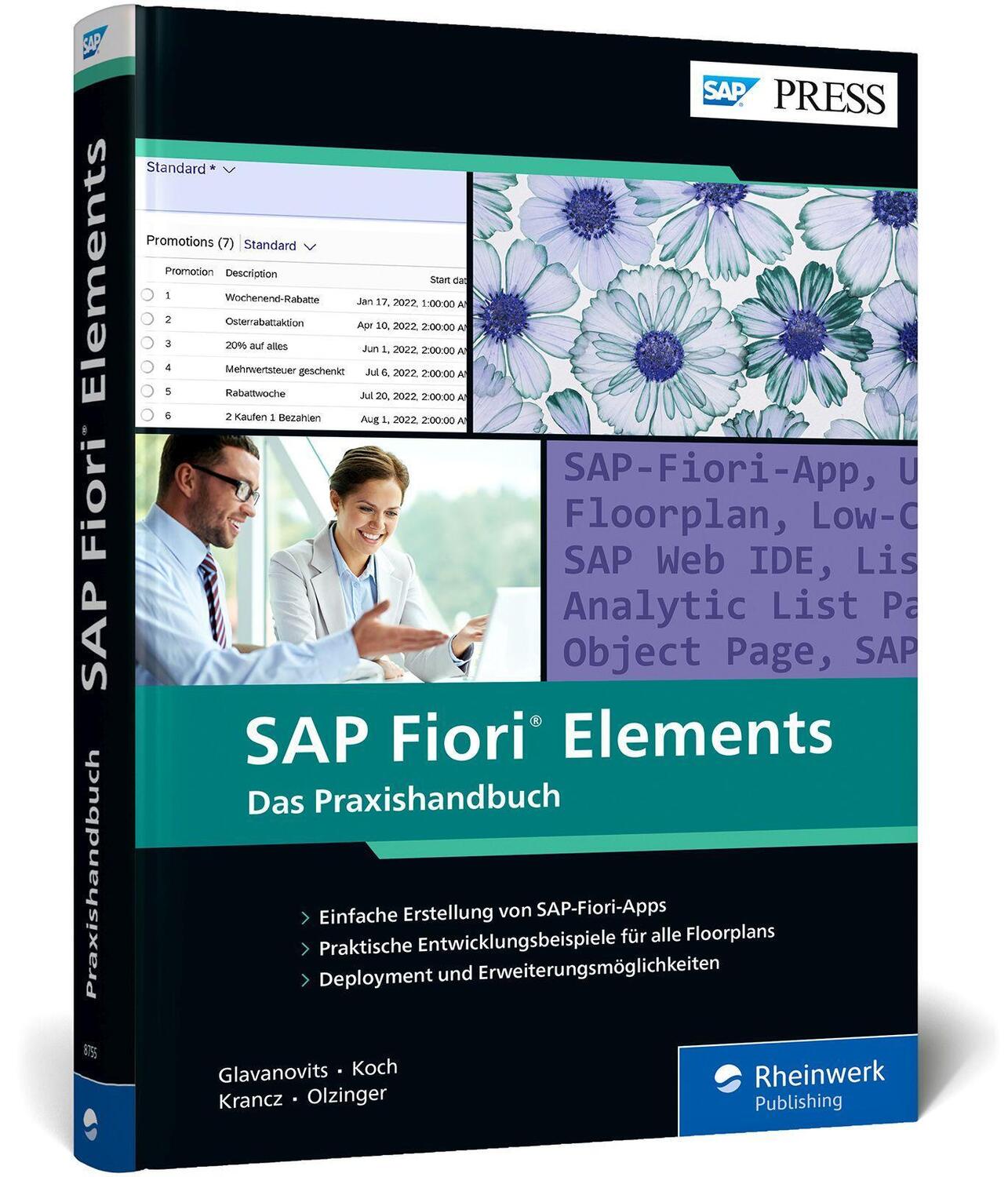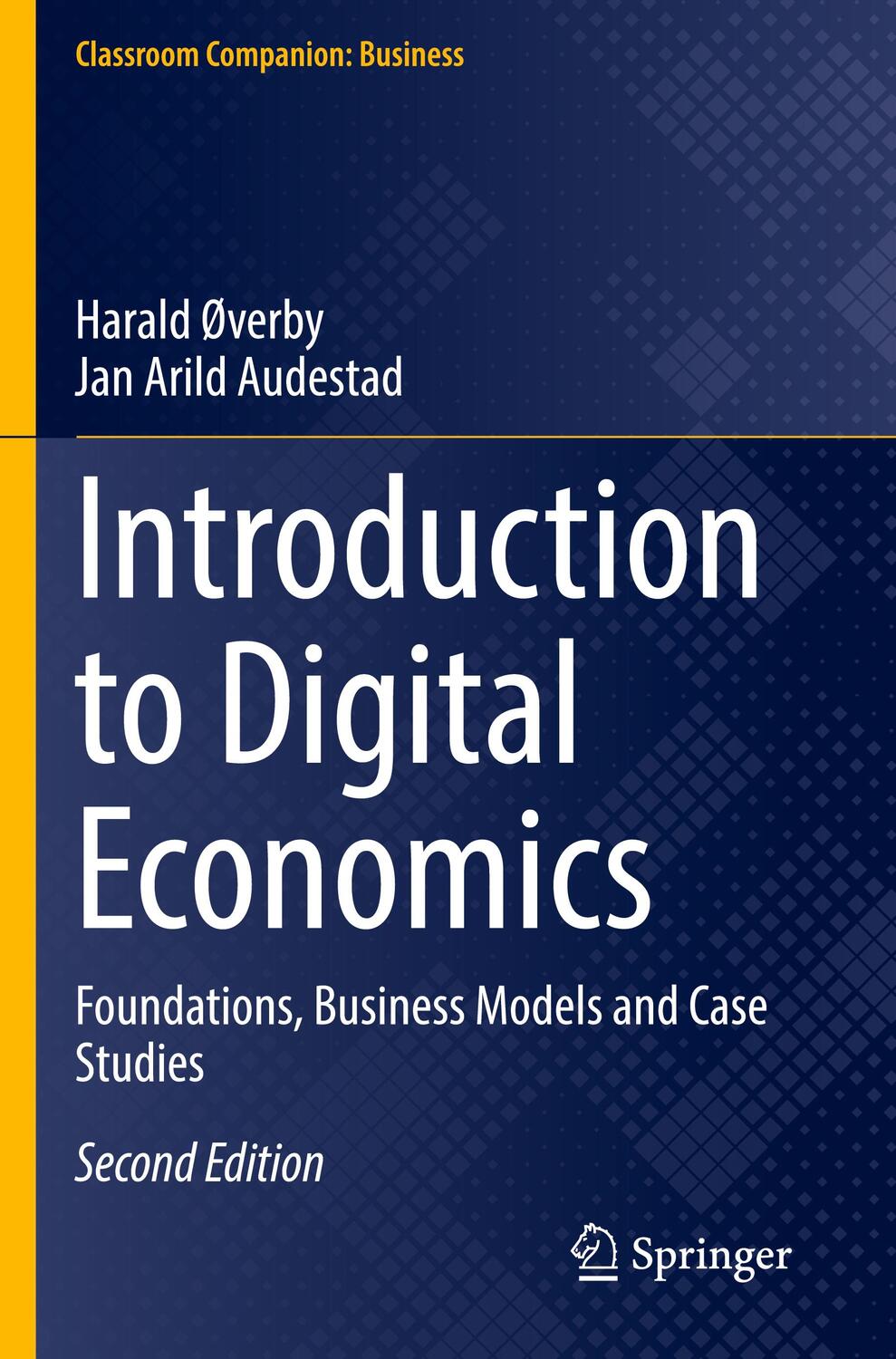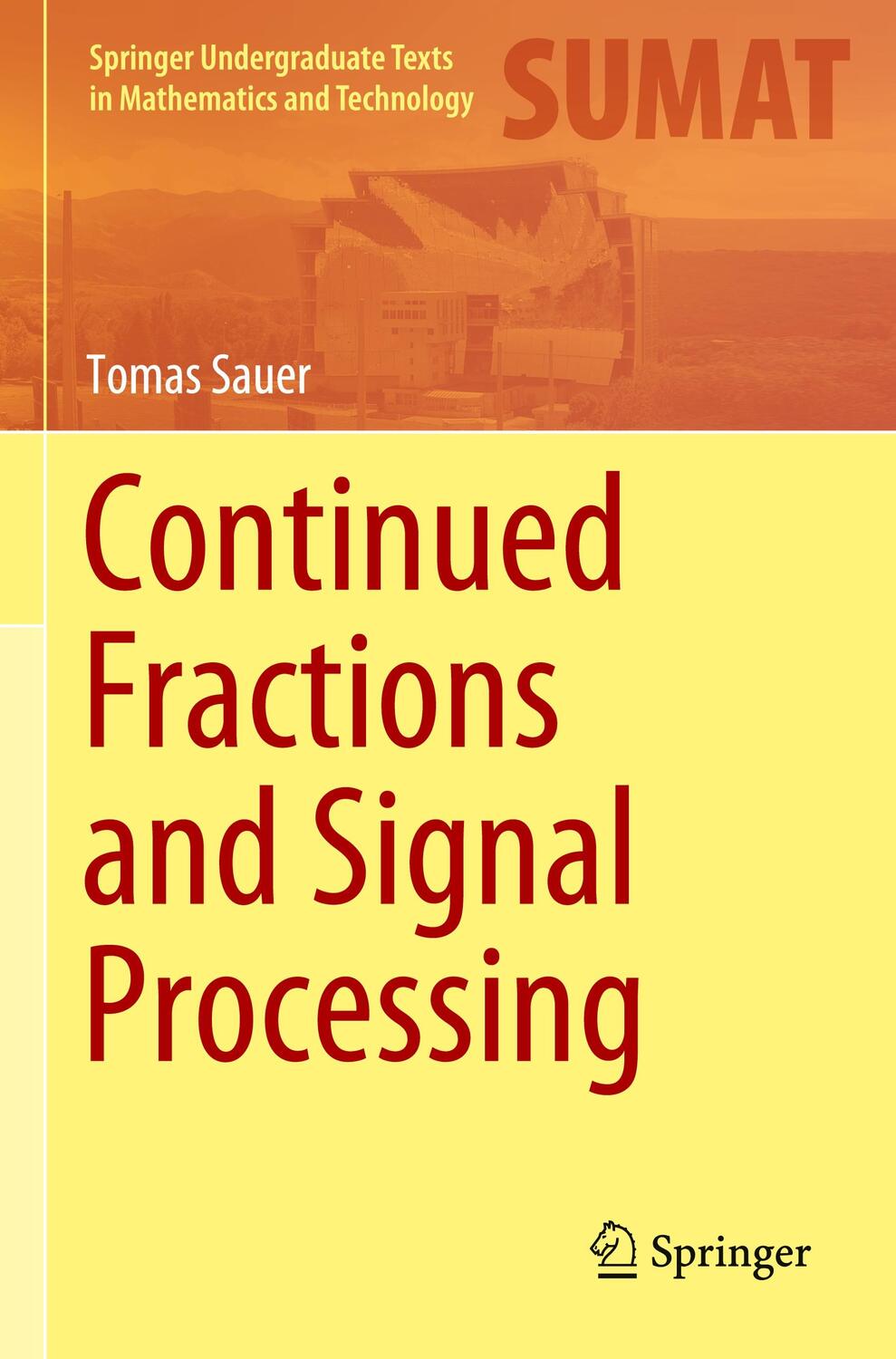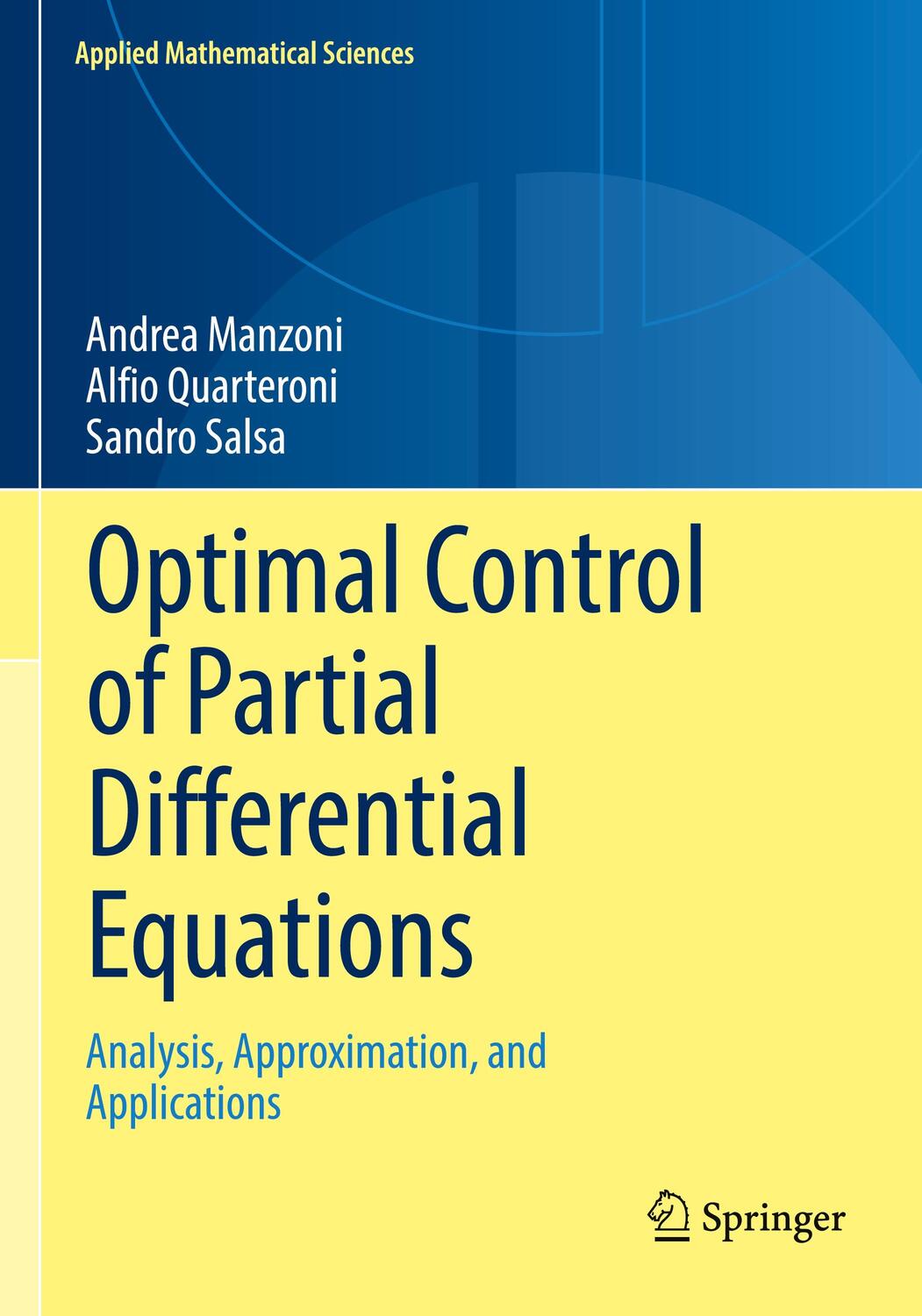108,95 €*
Versandkostenfrei per Post / DHL
Lieferzeit 4-7 Werktage
Agroforestry research has made rapid strides since organized efforts started in the late 1970s. Today, a vast body of scientific knowledge and an impressive array of publications on agroforestry are available. Four World Congresses on Agroforestry conducted once every five years since 2004 have brought together the global community of agroforestry professionals and practitioners to share and discuss the emerging trends and paradigm shifts in this field. The fifth Congress is scheduled to be held in Québec, Canada.
However, a comprehensive college-level textbook incorporating these research findings did not exist until this book was first published. The first edition of this book in 1993 (Nair, P. K. R., 1993) is out of print and somewhat dated. This revised edition, with emphasis on the scientific developments during the past more than four decades, addresses this long-felt need.
Agroforestry research has made rapid strides since organized efforts started in the late 1970s. Today, a vast body of scientific knowledge and an impressive array of publications on agroforestry are available. Four World Congresses on Agroforestry conducted once every five years since 2004 have brought together the global community of agroforestry professionals and practitioners to share and discuss the emerging trends and paradigm shifts in this field. The fifth Congress is scheduled to be held in Québec, Canada.
However, a comprehensive college-level textbook incorporating these research findings did not exist until this book was first published. The first edition of this book in 1993 (Nair, P. K. R., 1993) is out of print and somewhat dated. This revised edition, with emphasis on the scientific developments during the past more than four decades, addresses this long-felt need.
P. K. Ramachandran Nair, Distinguished Professor (Emeritus) at the University of Florida, is a pioneer in the academic field of agroforestry. He has made outstanding contributions to the development of the subject worldwide during the past 50 years such that the name PK Nair has become almost synonymous with agroforestry. Nair started his career as a multiple cropping agronomist at the plantation (tree) crops research institute in his native Kerala, India. In 1978 he became a founding member and a lead scientist of ICRAF (World Agroforestry), a CGIAR center, in Kenya. He joined the University of Florida in 1987, where he taught agroforestry and conducted and coordinated research in the subject for 32 years, and retired to Emeritus status in 2019. Nair holds six doctoral degrees - two earned and four honoris causa - and has worked in five continents. He is a Fellow of the American Association for the Advancement of Science, American Society of Agronomy, Crop Science Society of America, Soil Science Society of America, and the National Academy of Agricultural Sciences, India. His numerous other recognitions include the IUFRO Scientific Achievement Award, Research Award of the Society of American Foresters, Fulbright Distinguished Chair Award, and the Humboldt Prize, Germany.
B. Mohan Kumar, Vice-Chancellor of Arunachal University of Studies, India, is a leading researcher in agroforestry. Earlier, he held several leadership positions in India such as the Assistant Director General (Agronomy, Agroforestry & Climate Change), ICAR; Professor and Dean (Ecology & Environment Studies), Nalanda Univ; and Associate Dean (Forestry), Kerala Agric Univ. He also held visiting professorships at the Univ of Missouri, USA; Univ of Toulouse (CNRS Visitor); Bangor Univ, UK (Erasmus Mundus Scholar); Univ of Tokyo, Japan (IR3S Visiting Fellow); Univ of Florida, USA (Fulbright Award); Tokyo Univ of Agric & Tech, Japan (JSPS Scholar); Utah State Univ, USA (USAID Sponsorship); and several universities in Indonesia. He has published extensively on agroforestry and has received the first Dr. KG Tejwani Award for Excellence in Agroforestry Research & Development in India. Kumar is an Elected Fellow of the National Academy of Sciences, India; National Academy of Agricultural Sciences, India; National Institute of Ecology, India; and the Kerala Academy of Sciences.
Vimala D. Nair, Research Professor with the Soil and Water Sciences Department, is a long-term faculty collaborator in the Agroforestry Program at the University of Florida. After her PhD in soil biogeochemistry from the University of Göttingen, Germany, she conducted research and taught at the University of Nairobi, Kenya, for several years before joining the University of Florida in the late 1980s. Her contributions to the development and application of the phosphorus saturation ratio for Florida soils have earned her international recognition. Her special areas of contributions to agroforestry research include the role of agroforestry in soil carbon sequestration, water quality and environmental protection, and the use of biochar in soil management. She has traveled widely and conducted training courses and collaborative research in several countries. Vimala Nair is a courtesy faculty member at the University of Santiago de Compostela, Spain, a Fellow of the Soil Science Society of America (SSSA) as well as the American Society of Agronomy, and the recipient of the SSSA 2021 Soil Science Research Award that recognizes outstanding research contributions in soil science.
Relevant for the UN Sustainable Development Goal 2 Zero Hunger and 15 Life on Land
State of the art synthesis of the science of agroforestry
Amply illustrated. Includes synthesis and references for each chapter
| Erscheinungsjahr: | 2023 |
|---|---|
| Fachbereich: | Landwirtschaft & Gartenbau |
| Genre: | Umwelt |
| Produktart: | Nachschlagewerke |
| Rubrik: | Ökologie |
| Medium: | Taschenbuch |
| Seiten: | 688 |
| Inhalt: |
xxi
666 S. 266 farbige Illustr. 300 farbige Tab. 666 p. 266 illus. in color. |
| ISBN-13: | 9783030753603 |
| ISBN-10: | 3030753603 |
| Sprache: | Englisch |
| Ausstattung / Beilage: | Paperback |
| Einband: | Kartoniert / Broschiert |
| Autor: |
Nair, P. K. Ramachandran
Kumar, B. Mohan Nair, Vimala D. |
| Auflage: | 2nd ed. 2021 |
| Hersteller: |
Springer International Publishing
Springer International Publishing AG |
| Maße: | 254 x 178 x 35 mm |
| Von/Mit: | P. K. Ramachandran Nair (u. a.) |
| Erscheinungsdatum: | 14.01.2023 |
| Gewicht: | 1,427 kg |
P. K. Ramachandran Nair, Distinguished Professor (Emeritus) at the University of Florida, is a pioneer in the academic field of agroforestry. He has made outstanding contributions to the development of the subject worldwide during the past 50 years such that the name PK Nair has become almost synonymous with agroforestry. Nair started his career as a multiple cropping agronomist at the plantation (tree) crops research institute in his native Kerala, India. In 1978 he became a founding member and a lead scientist of ICRAF (World Agroforestry), a CGIAR center, in Kenya. He joined the University of Florida in 1987, where he taught agroforestry and conducted and coordinated research in the subject for 32 years, and retired to Emeritus status in 2019. Nair holds six doctoral degrees - two earned and four honoris causa - and has worked in five continents. He is a Fellow of the American Association for the Advancement of Science, American Society of Agronomy, Crop Science Society of America, Soil Science Society of America, and the National Academy of Agricultural Sciences, India. His numerous other recognitions include the IUFRO Scientific Achievement Award, Research Award of the Society of American Foresters, Fulbright Distinguished Chair Award, and the Humboldt Prize, Germany.
B. Mohan Kumar, Vice-Chancellor of Arunachal University of Studies, India, is a leading researcher in agroforestry. Earlier, he held several leadership positions in India such as the Assistant Director General (Agronomy, Agroforestry & Climate Change), ICAR; Professor and Dean (Ecology & Environment Studies), Nalanda Univ; and Associate Dean (Forestry), Kerala Agric Univ. He also held visiting professorships at the Univ of Missouri, USA; Univ of Toulouse (CNRS Visitor); Bangor Univ, UK (Erasmus Mundus Scholar); Univ of Tokyo, Japan (IR3S Visiting Fellow); Univ of Florida, USA (Fulbright Award); Tokyo Univ of Agric & Tech, Japan (JSPS Scholar); Utah State Univ, USA (USAID Sponsorship); and several universities in Indonesia. He has published extensively on agroforestry and has received the first Dr. KG Tejwani Award for Excellence in Agroforestry Research & Development in India. Kumar is an Elected Fellow of the National Academy of Sciences, India; National Academy of Agricultural Sciences, India; National Institute of Ecology, India; and the Kerala Academy of Sciences.
Vimala D. Nair, Research Professor with the Soil and Water Sciences Department, is a long-term faculty collaborator in the Agroforestry Program at the University of Florida. After her PhD in soil biogeochemistry from the University of Göttingen, Germany, she conducted research and taught at the University of Nairobi, Kenya, for several years before joining the University of Florida in the late 1980s. Her contributions to the development and application of the phosphorus saturation ratio for Florida soils have earned her international recognition. Her special areas of contributions to agroforestry research include the role of agroforestry in soil carbon sequestration, water quality and environmental protection, and the use of biochar in soil management. She has traveled widely and conducted training courses and collaborative research in several countries. Vimala Nair is a courtesy faculty member at the University of Santiago de Compostela, Spain, a Fellow of the Soil Science Society of America (SSSA) as well as the American Society of Agronomy, and the recipient of the SSSA 2021 Soil Science Research Award that recognizes outstanding research contributions in soil science.
Relevant for the UN Sustainable Development Goal 2 Zero Hunger and 15 Life on Land
State of the art synthesis of the science of agroforestry
Amply illustrated. Includes synthesis and references for each chapter
| Erscheinungsjahr: | 2023 |
|---|---|
| Fachbereich: | Landwirtschaft & Gartenbau |
| Genre: | Umwelt |
| Produktart: | Nachschlagewerke |
| Rubrik: | Ökologie |
| Medium: | Taschenbuch |
| Seiten: | 688 |
| Inhalt: |
xxi
666 S. 266 farbige Illustr. 300 farbige Tab. 666 p. 266 illus. in color. |
| ISBN-13: | 9783030753603 |
| ISBN-10: | 3030753603 |
| Sprache: | Englisch |
| Ausstattung / Beilage: | Paperback |
| Einband: | Kartoniert / Broschiert |
| Autor: |
Nair, P. K. Ramachandran
Kumar, B. Mohan Nair, Vimala D. |
| Auflage: | 2nd ed. 2021 |
| Hersteller: |
Springer International Publishing
Springer International Publishing AG |
| Maße: | 254 x 178 x 35 mm |
| Von/Mit: | P. K. Ramachandran Nair (u. a.) |
| Erscheinungsdatum: | 14.01.2023 |
| Gewicht: | 1,427 kg |

